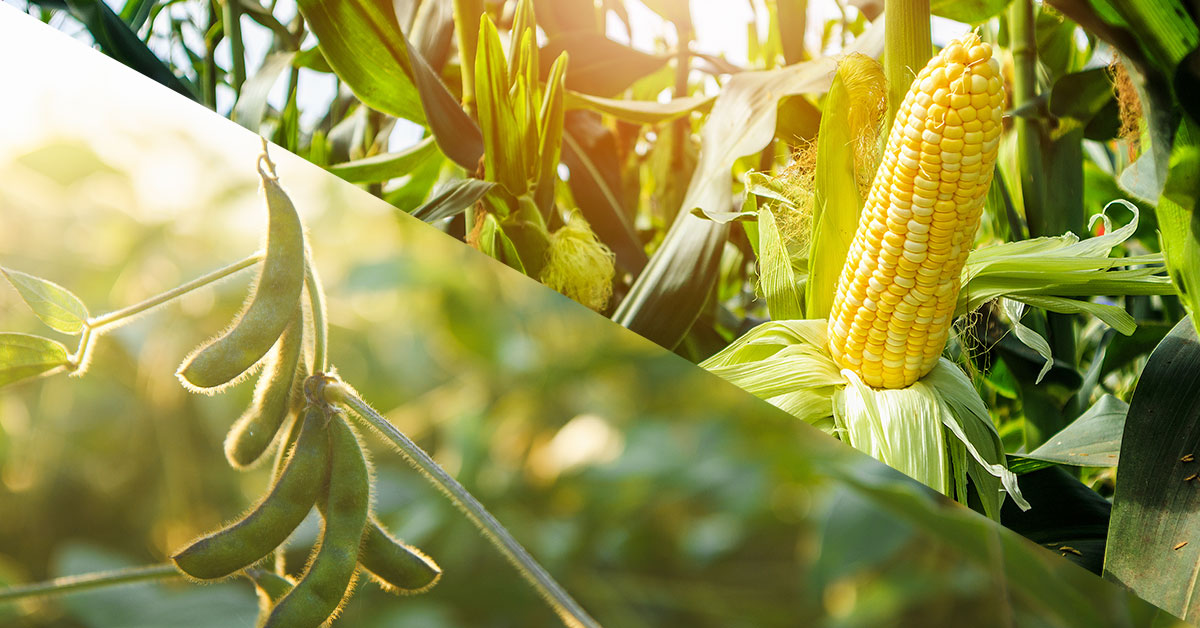The multi-crop aspect of the ProTerra Standard: Maize certification

Maize is one of the most important cereals, which is farmed for grain and pasture, significant in terms of volume of production and turnover on a global scale. Compared to wheat and rice, maize is a more adaptable and versatile multi-purpose crop, with a wider range of uses, such as livestock feed, industrial and energy, playing a diverse and dynamic role in global agri-food systems and food/nutrition security.[1]
The worldwide production of corn in 2021/22 was over 1.2 billion metric tons, followed by wheat (778.6 million metric tons) and rice (509.87 million metric tons)[2]. Countrywide, in this period, the United States was the largest producer with a volume amounting to about 383.94 million metric tons, followed by China and Brazil.[3] The global maize area (for dry grain) amounts to 197 M ha, including substantive areas in sub-Saharan Africa (SSA), Asia, and Latin America (FAOStat, 2021).
Maize production is often connected to similar environmental issues as other commodities such as soy or sugarcane, particularly considering resource utilization and the ecological impacts such as chemical contamination (fertilizers and insecticides), erosion, water depletion and electricity production.[4] On this matter, the worldwide agricultural industry has benefited from intercropping in several ways including long-term production, agroecological improvement, land management, and land usage. According to the available studies[5], intercropping maize and soybean enhances resource usage, lodging resistance, and pest and weed control.
The ProTerra Foundation, owning the leading standard in the non-GMO soy sector, has been working on the urgent need to address the elimination of all forms of soil degradation and land conversion associated with the production of commodities.[6] In fact, it is important to point out that the ProTerra Standard[7] is applicable globally and for any (non-GM) crop, which creates synergies and reduces burdens when dealing with multi-crop scenarios.
ProTerra certification can only be granted to producers that meet requirements to address a spectrum of environmental and social issues, including deforestation and land conversion, biodiversity, farming practices (involving bans on the use of harmful pesticides and GMO crops), labour practices, and FPIC[8]. It is a comprehensive standard and a powerful tool to differentiate from unsustainable producers while also managing risks. The Standard addresses all the key challenges faced by companies in the food and feed chains, especially those that rely on agricultural commodities, enabling the creation of social, environmental, and economic benefits.
Complementarily, the European Interpretation[9] of the ProTerra Standard implemented a qualitative risk evaluation of the different countries; companies not only have the possibility to claim local origin but can also reduce the cost and complexity for low-risk producing countries, while ensuring due care for organizations operating in high-risk countries and allowing food and feed companies to meet the growing market demand for non-GMO and sustainable products.